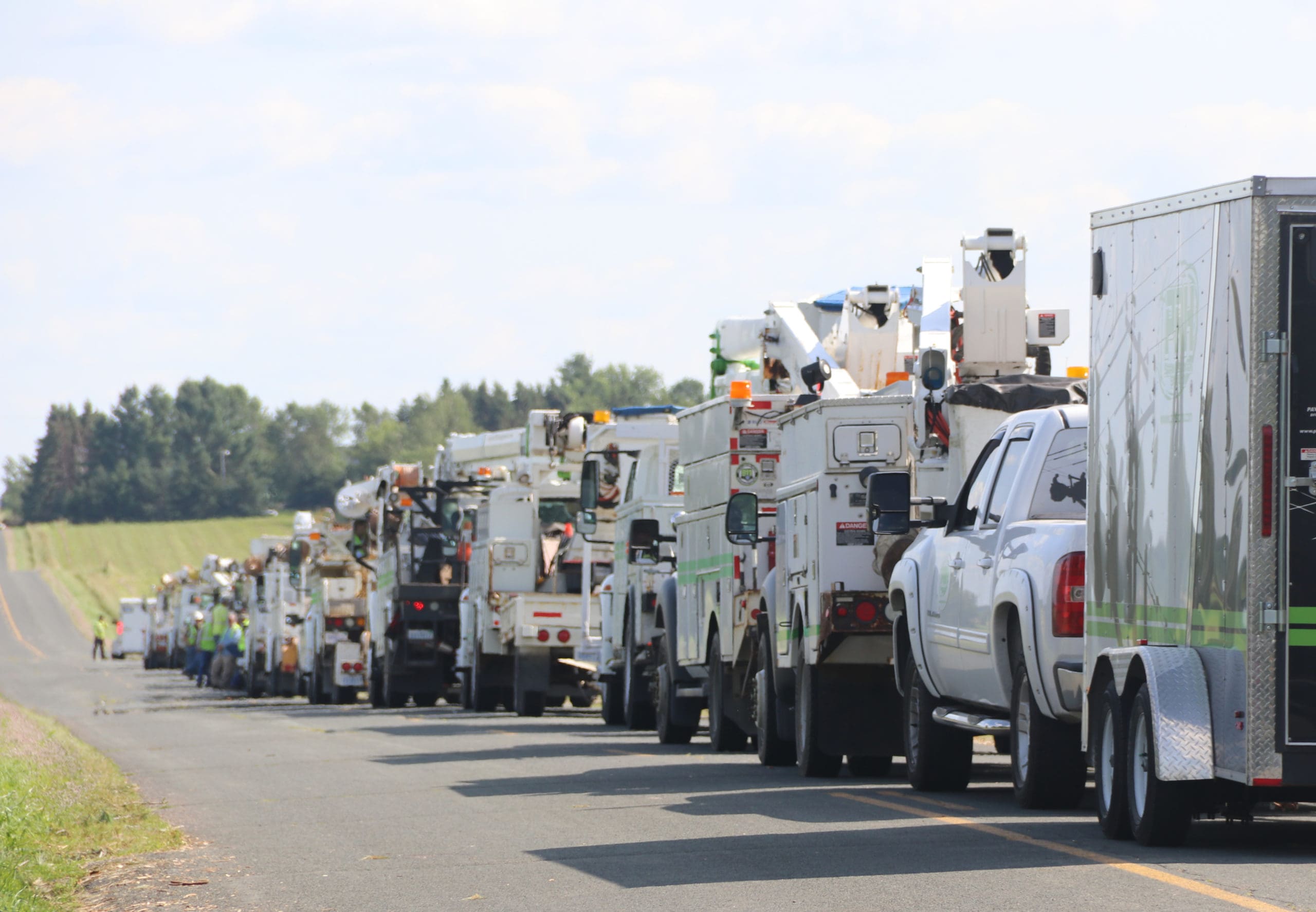
The utility industry is one of the worst-hit sectors when natural disasters strike the nation. Outages that occur as a result of wildfires, hurricanes, storms, etc. may last for hours or even days before power can be restored,. This leaves local communities stranded without electricity. Disaster management is an incredibly complex task. However, utility companies are facing this challenge head on. Year after year, they not only hone their own strategies but also keep open lines of communication with other utility companies via a voluntary partnership called Regional Mutual Assistance Groups (RMAG).
Being a member of an RMAG means no utility company has to battle crises alone. Back-up resources like skilled workers, trucks, equipment, data, and expertise are always available from other member companies if the need arises.
The power system is an interconnected network. Utilities working in unison during an emergency event means they can do restoration work more efficiently than ever before.
“For more than a century, utilities have helped one another in their time of need,” says Michael Hyland, from APPA (the association that serves as a link between public power utilities and the federal government), in an interview with T&D World. “The use of mutual aid is the lifeblood of utilities heading into and after storms. In the past, however, the mutual assistance programs were not standardized.”
The mutual response efforts during Hurricanes Katrina (2005), Irene (2011), and Sandy (2012) prove that is no longer the case. Utilities now send out crews and support teams to other companies even hundreds of miles away. Their teams help repair power lines, rebuild damaged infrastructure, and offer logistical assistance when necessary.
Benefits
There are other benefits that come out of such partnerships, too.
Cost effectiveness: Utility companies don’t have to budget for additional staff to be on hand in preparation for emergency events as they once had to.
Knowledge sharing: Regional Mutual Assistance Groups give utility companies a common forum to share information and discuss industry-related topics and emerging trends. This elevates the power industry as a whole. Handling policy matters related to state and local governments is another key advantage. The RMAG platform helps formulate a coordinated voice.
But how exactly do RMAG agreements play out? There are three segments to these partnerships.
Pre-Event
Some natural and human-influenced events are unpredictable by their very nature and, therefore, difficult to predict. With others however, like hurricanes, storms, and earthquakes, there is a lead time. Predictions of these possible events come in earlier than the event itself. (Via the National Weather Service, US Forest Service, US Army Corps of Engineers, US Department of Homeland Security, etc.)
Power companies use this knowledge and time to ramp up preparedness efforts. They coordinate with members of their RMAG and take stock of the ground situation. These groups allocate duties put task forces in charge of restoration plans that take every member’s projected needs into consideration. So, once the situation unfolds, the RMAG has as clear an idea as possible about how to tackle it.
During the Event
When the event strikes, Regional Mutual Assistance Group members have a long task list. It start with repairing systems on a priority basis. The idea is to restore power where the maximum number of customers have been affected. Emergency services like hospitals, public safety, national safety, and critical social foundations are also on top of the list as they are fighting hand-in-hand to protect the community they are serving. RMAGs share a great deal of information during the unfolding of the crisis. Together workers assess outages, prioritize them, and manage the logistics of restoration – such as disbursement of support teams.
After the Event
This is a time to take stock. A time to evaluate performances, learn lessons, and develop initiatives that will help RMAGs streamline the restoration process.
Service to the community is always the end-goal. Even as linemen are laboring to restore power as quickly as possible, the RMAG network is working relentlessly to perform with even more efficiency in the future.
We at Custom Truck One Source are honored to support this mighty effort with fleet rentals of utility and telecom equipment that are always on the ground and ready to go in times of emergencies. Our own network is spread throughout the United States, so no matter where you need us, we’ll be there.
* Source: National Association of Regulatory Utility Commissioners



